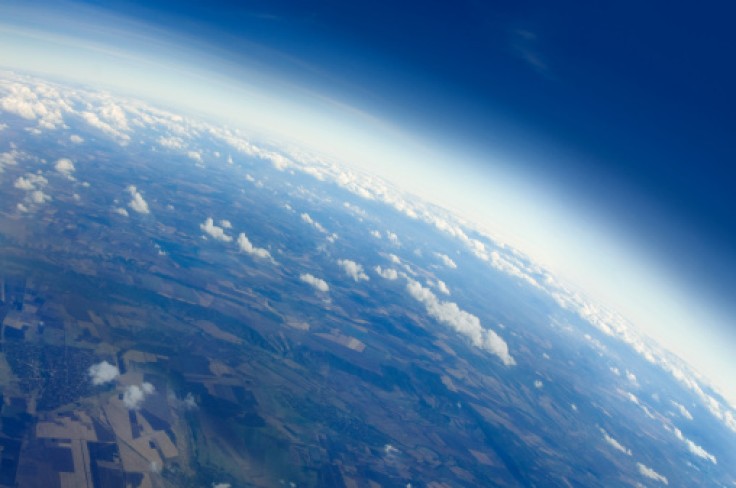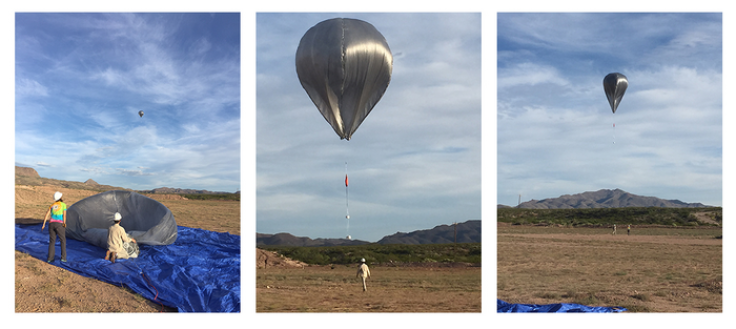A lot of strange things have happened when humans try to interact with space. In this case, a group of researchers discovered strange noises as their solar-powered balloons went up the Earth's stratosphere.

$50 Balloons in the Stratosphere
The solar-powered balloons were built by a group of researchers from Sandia National Laboratories. The balloons can reach up to six to seven meters high and can soar through the skies at up to 70,000 feet in height.
By comparison, airplanes generally fly in altitudes between 30,000 to 45,000 feet. It's impressive seeing as these balloons only cost the builders around $50 to make using common materials like painter's plastic, tape, and charcoal dust, according to Interesting Engineering.

Bowman, one of the researchers who built the balloons, said that they were just giant plastic bags where charcoal dust was applied to make them dark. It will then absorb the heat of the sun, making the aircraft more buoyant, much like hot air balloons.
Since it's solar-powered, it also doesn't need to carry a power source. The balloons were meant to carry scientific payloads up the second layer of the Earth's atmosphere. It is usually peaceful since aircraft don't go beyond the troposphere, which is the first layer of the atmosphere.
However, microphones picked up sounds that were not supposed to be heard in that area. Some of the sounds included ocean waves and thunder, as well as wind turbines and explosions. There are also sounds that originated from unknown sources.
Using micro-barometers which are meant to monitor volcanoes and low-frequency sounds, Bowman and his team detected "mysterious infrasound signals" that happened a few times per hour on some flights. Until now, the team still does not know where it came from.
What the Solar-Powered Balloons Can Do
While it is still baffling the researchers what the strange noises might be, the balloons can also be used to observe events outside of the Earth. It can investigate activities that are occurring on other planets like Venus.
Aircraft like the $50 balloons are already being tested to determine if they can be used to observe seismic and volcanic activities on Venus through its thick atmosphere. They will do so by partnering with a Venus orbiter, as mentioned in Space.
Although the cheap balloons made of painter's plastic cannot be used for such missions, seeing as Venus has a hot and high-pressure surface, with a thick atmosphere filled with clouds of sulphuric acid. The balloons will immediately be destroyed.
Stratosphere
The stratosphere can be found between the first layer, the troposphere, and the third layer, the mesosphere. It has light and warm air as opposed to cold and heavy air that can be felt in the troposphere due to the lack of turbulence and storms.
It is 35 kilometers thick, and it holds the shield that protects us from the ultraviolet rays of the sun, the ozone layer, as mentioned by NASA. In fact, the layer is so high that no building or landform is tall enough to reach it.









